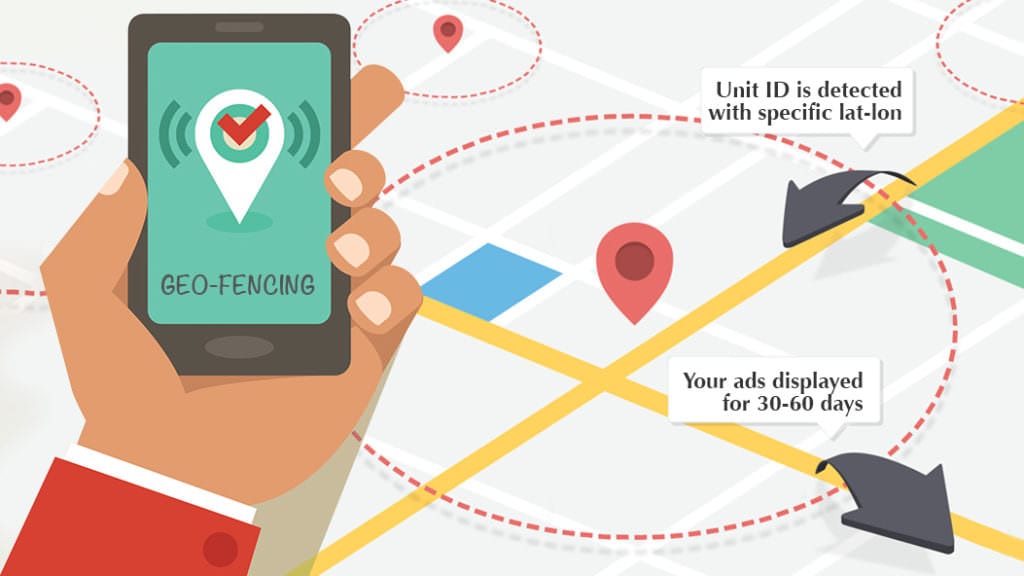Capturing local customers is essential for business growth. Geofencing is a marketing method that targets people based on where they are in real time, similar to how a blackjack strategy focuses on precise moves to win. When used well, it can drive great results.
Setting Up a Geofencing Campaign
Start with geofencing by setting clear goals. Is your target to bring more people to your store? Perhaps you want to boost local promotions? Maybe you are aiming to increase brand awareness in a certain area? After deciding on this, follow these steps to set up your geofencing campaign:
1. Define Your Geofence Area
Select all the places you want to target. This can be anything from the area around your store, a specific neighborhood, or even popular hotspots your target audience regularly attends. In fact, if you make it even more specific, you might yield better results.
2. Select a Geofencing Platform
Choose a geofencing tool that fits your needs. Try to find one that offers tracking in real time, customizable alerts, and works well with your other marketing tools.
3. Create Engaging Content
Make content that appeals to local people. Offer special deals, discounts, event updates, or exclusive promotions. Guarantee that it is relevant and valuable for those in the geofenced area.
4. Set Up Triggers and Notifications
Set your geofence to send alerts or actions based on user location. You can send a discount offer when someone enters a certain distance from your store.
Crafting Effective Geofencing Campaigns
1. Personalization is Key
Customize your messages to match what your audience likes and needs. If someone often visits coffee shops, offer them a discount on their next coffee. Personalized messages get better responses.
2. Timing Matters
Send messages at the right times, like during lunch breaks or busy shopping hours. Check your data to find the best times to reach people and adjust your messages accordingly.
3. Monitor and Adjust
Always track the performance of your geofencing campaign. Check out metrics such as open, click-through, and conversion rates. Then, use this info to optimize your campaigns so you get much better results.
Benefits of Geofencing for Local Marketing
1. Increased Relevance
Geofencing targets customers based on their location and makes your messages more relevant. This usually leads to better engagement and more conversions compared to general marketing.
2. Enhanced Customer Experience
Geofencing delivers offers to customers at the right time and place. That is why it makes their experience better and more valuable.
3. Improved ROI
When you concentrate on those who are close to your business, geofencing opens the door to drive better results with much less money. This means even higher conversion rates and a better return on your investment.
4. Competitive Advantage
Geofencing can actually make you stand out from competitors by reaching customers at the right time. This helps attract more visitors and boosts your local brand recognition.
Integrating Geofencing with Other Marketing Channels
To boost your geofencing results, use it alongside other marketing tools. Send personalized offers via email when people are near your store. Also, match geofencing with social media ads to target locals based on their location.
Use geofencing data to guide your content on all platforms and keep your message consistent. Integrating geofencing with other channels helps create a unified marketing approach. As a result, you get to strengthen your brand and improve customer engagement. By connecting geofencing with various tools, you actually reach more people and get better results.
Analyzing Geofencing Data for Insights
Geofencing gives you useful data about customer behavior. You get to analyze metrics such as foot traffic and even how long people stay to see how they interact with your geofence. Try to search for patterns to find busy times and popular areas.
Use this info to adjust your marketing, improve your store layout, and manage staff and inventory better. Recognizing what your audience seeks allows you to make more strategic decisions. At the same time, you get to boost marketing success.
How Can You Tackle Challenges in Geofencing?
Geofencing can face issues like privacy concerns and tech limitations. To handle privacy, be clear with users about data use and get their consent. Choose geofencing platforms that follow data protection rules.
For tech issues, like GPS errors, use Wi-Fi and Bluetooth for better accuracy. You should regularly update and test your setup to keep up with new tech. Addressing these challenges will improve your geofencing campaigns. This way, you also get to build trust with your target audience.
Best Practices for Geofencing
Let customers know how their location data will be used. Get user consent before tracking their location.
Do not send too many notifications under any circumstances. You should be able to guarantee that your messages provide high value.
Try a few strategies to see what works best for you. Use A/B testing to improve your geofencing results over time.
To read more content like this, subscribe to The Brand Hopper

